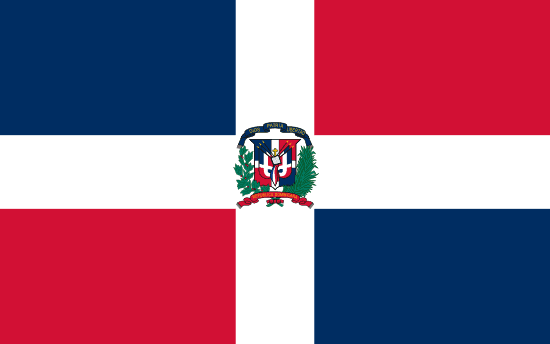"Santo Domingo: Cuna de América | Santo Domingo: Cradle of America"
About:
Santo Domingo, the capital of the Dominican Republic, was founded by Bartholomew Columbus in 1496. It's the oldest continuously inhabited European settlement in the Americas. The city was the site of the first university, cathedral, and fortress in the New World. In the 20th century, Santo Domingo underwent significant growth and modernization, although it also experienced political instability and natural disasters. Today, it serves as the country's chief seaport and is a major cultural, financial, and industrial center.
When to visit:
Santo Domingo, the capital city of the Dominican Republic, is a popular destination for tourists seeking a vibrant cultural experience. The best time to visit Santo Domingo on a holiday is during the dry season, which typically falls between December and April. This period offers sunny weather and comfortable temperatures, making it ideal for exploring the city's historic sites, such as the Colonial Zone and the Alcazar de Colon. Additionally, visiting during this time allows travelers to partake in various local festivals and events that showcase the rich Dominican culture.
When to avoid:
Traveling to Santo Domingo, [object Object] during the holiday season in the months of December and January can be challenging due to the influx of tourists and higher prices for accommodations and activities. The city experiences peak tourist traffic during this time, leading to crowded attractions and longer wait times at popular sites. Additionally, the tropical climate of Santo Domingo can make exploring the city uncomfortable for some visitors during the hot and humid holiday season. It is recommended to plan your trip during the shoulder seasons of spring or fall to avoid the crowds and enjoy more pleasant weather conditions.
"Wet Season (May-Nov)"
The wettest period in Santo Domingo, Dominican Republic, is from May to November, with peak rainfall in May, August, and September. Average temperatures range from 77°F to 90°F. The city experiences high humidity and cloud cover, with sunlight varying from 5-7 hours per day. An average day for a visitor during this time would involve warm, humid conditions with frequent tropical showers, typically in the afternoon or evening. Despite the rainfall, there are still plenty of sunny intervals for outdoor activities.
"Summer (June-August)"
In Santo Domingo, the warmest part of the year is typically from May to September, where the average high temperatures range from 88°F (31°C) to 90°F (32°C). However, the city experiences a tropical climate, meaning it is warm and humid throughout the year.
During these warmest months, the city sees a significant amount of rainfall, with August being the wettest month averaging about 7 inches of rain. This is due to the Atlantic Hurricane Season, which runs from June to November. Despite the rain, there is still a considerable amount of sunlight, with the city averaging about 7-8 hours of sunshine per day.
Humidity levels are high, often exceeding 80%. This can make the heat feel more intense, so it's important for visitors to stay hydrated and take breaks from the sun. The skies during this period are often partly cloudy, with cloud cover ranging between 60-70% on average.
A typical day for a visitor during this time would involve warm, humid weather with a chance of afternoon showers. Mornings are generally the best time to explore outdoors before the heat peaks. Despite the high temperatures and humidity, many visitors enjoy this time of year for the vibrant green landscapes and the warm Caribbean Sea temperatures.
Language:
In Santo Domingo, the most commonly spoken language is Spanish, as it is the official language of the Dominican Republic. However, due to its status as a major tourist destination and a significant number of expatriates, English is also widely spoken. Haitian Creole can also be heard due to the proximity and migration from Haiti.




